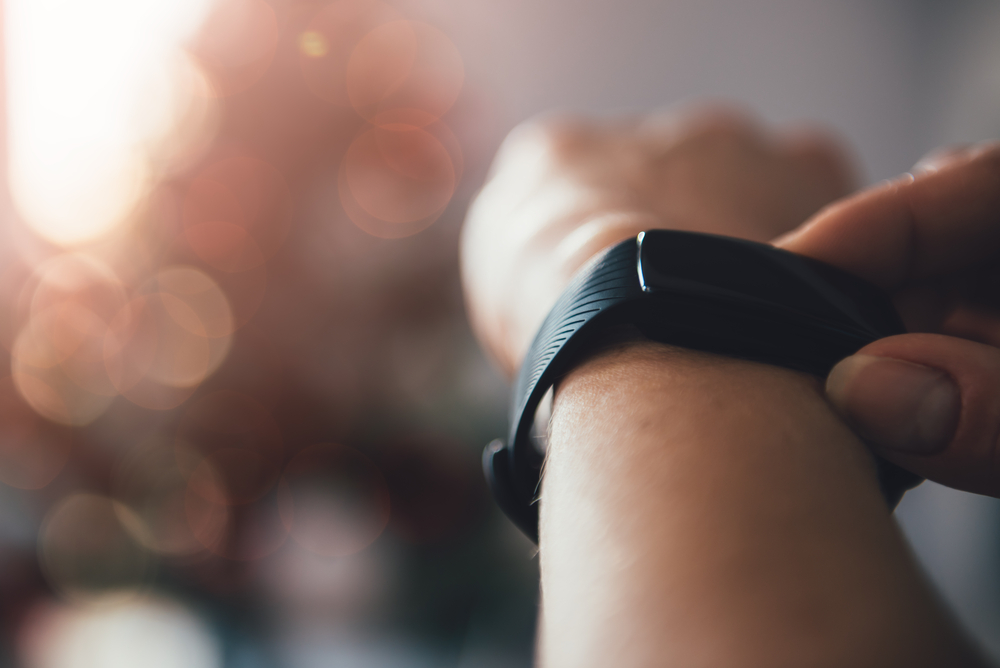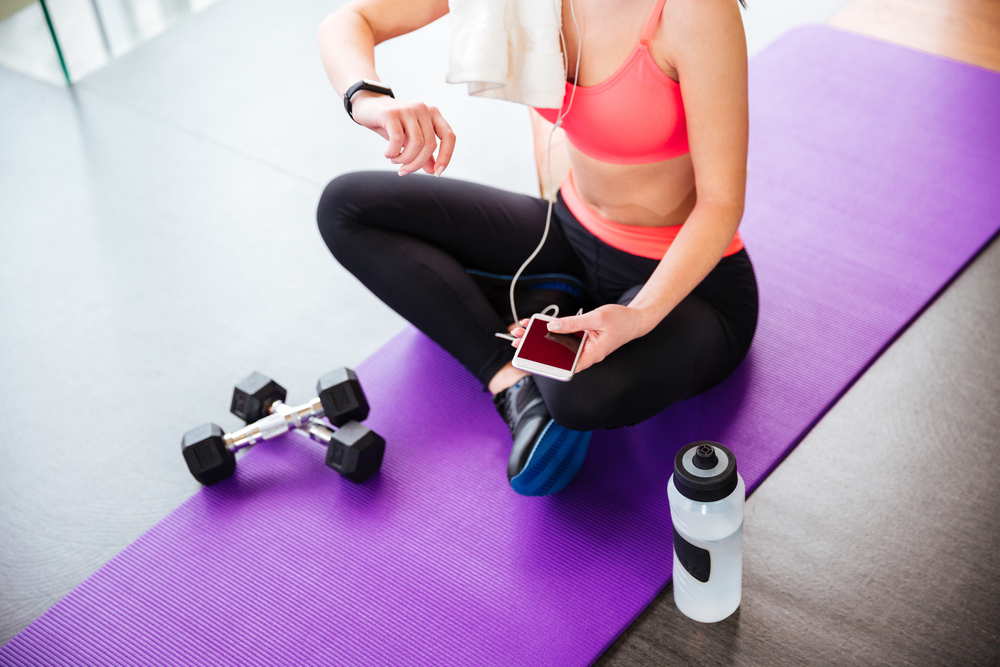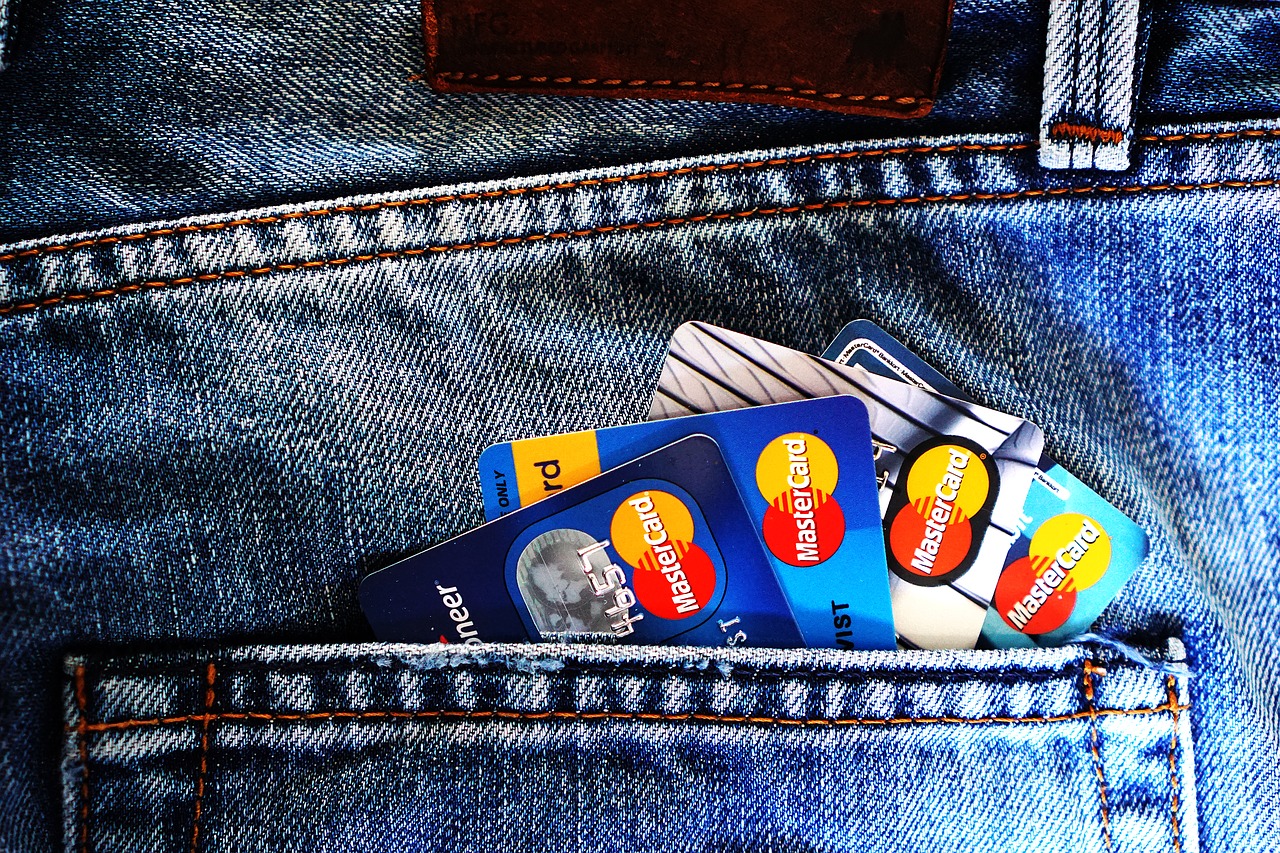Do Fitness Trackers Really Work?
Everyone knows that maintaining a healthy lifestyle can be laborious for average folks. We get comfortable with our junk-filled diets, sedentary work, and passive entertainment, and we dread the idea of jogging or giving up our sugary soft drinks. For those reasons, a trend of wearable, data-collecting fitness gadgets has risen, encouraging consumers interested in exercise to plan a routine, work harder, and improve each day. However, do these gadgets have the power to encourage folks, or could they just be an expensive waste of money?

It can take a lot of work for someone to discover an aspect of running that they enjoy. When you can finally get past the pain in your chest and the throbbing headache, your runs transform into leisurely and fun activities. You may learn to enjoy taking in the local sights, finding new trails, and watching yourself improve.
Today's fitness gadgets put your improvement into concrete data and allow you to set and break records. You can count the number of steps you've taken, review your GPS-recorded trail, and plan to do better the next day. These technological conveniences are fun, but one may decide to skip working out if they do not bring their device. It puts all the reward of exercise into a gadget. Fitness fans will not run for enjoyment; they will run for points.

Also, it has been widely documented by users of various gadgets that the data is not entirely accurate. By wearing two or more pedometers, one will see that the numbers are not equal, so which one is supposed to be more accurate? Just as well, the motion put into the device can affect the data input. When skiing or bicycling, a pedometer will not bounce as much even though you are working out.
Even still, by sticking with a single pedometer, one can, at least, measure trends of improvement and experiment with their data collection. By racking up more numbers each day, gadget-users can set goals for themselves and feel the gratification of seeing those numbers. Needless to say, this is a rewarding process.

However, your fitness gadget cannot do everything. Many of these gadgets are touted to put the knowledge of a personal trainer into a wristwatch-sized toy. They are supposed to help you develop a well-rounded fitness plan and get better every day. Yet, for activities such as stretching, yoga, Pilates, tai chi, or any other low-impact exercise, you are put on your own. In this way, the fitness gadget proves to be useful on runs but useless otherwise.

It is hard to deny that fitness gadgets are popular and useful. Many customers are satisfied with the encouragement and utility that their Fitbit or Nike+ provides. In this way, those gadgets are a good entry-level investment for those who need some motivation to get out and run. However, these devices are unsuitable for fitness and exercise enthusiasts who are members of gyms and know how to develop a fitness plan for themselves. As such, beginning exercisers will eventually grow out of their “workout watches” and will, hopefully, continue to run without relying on them.






